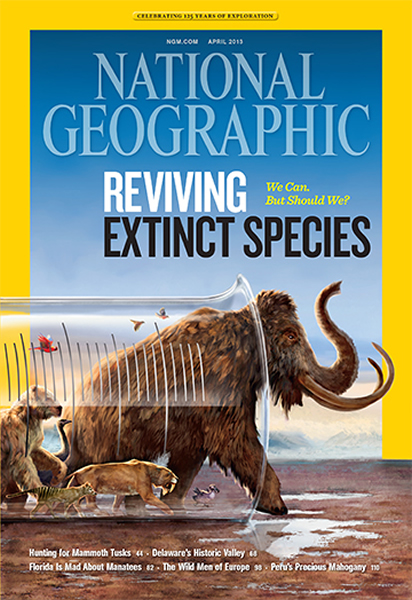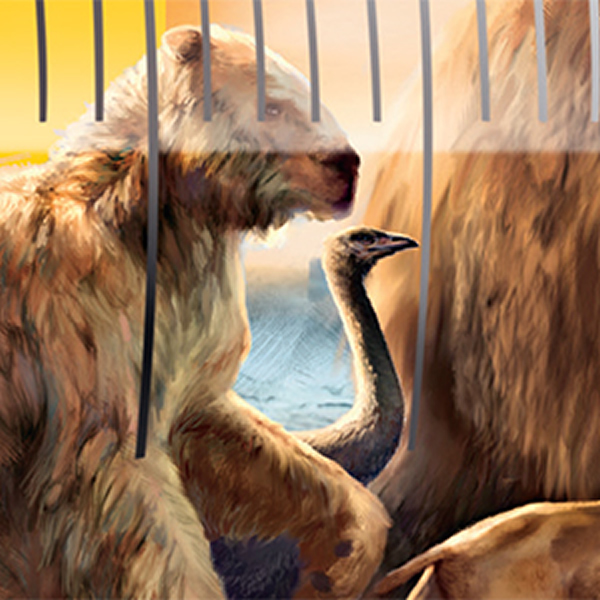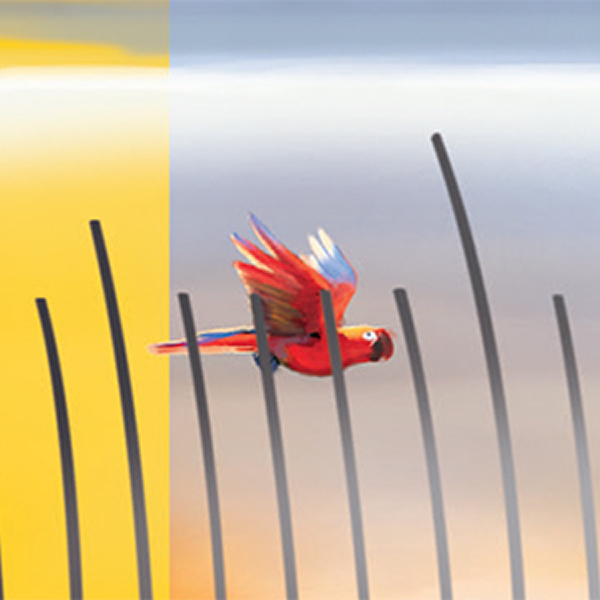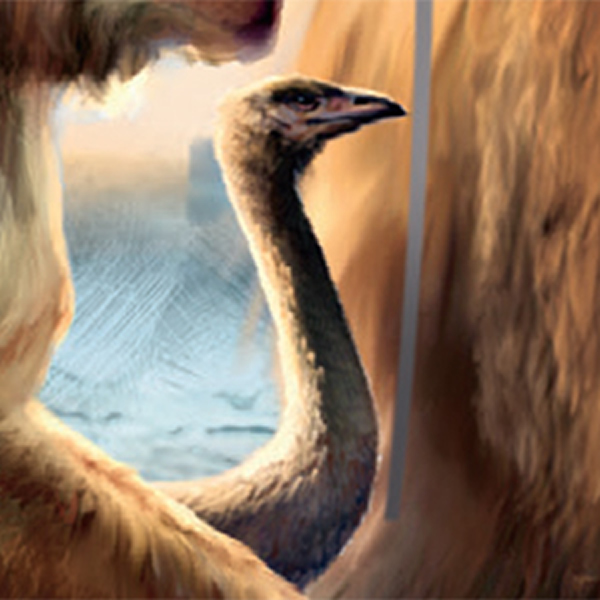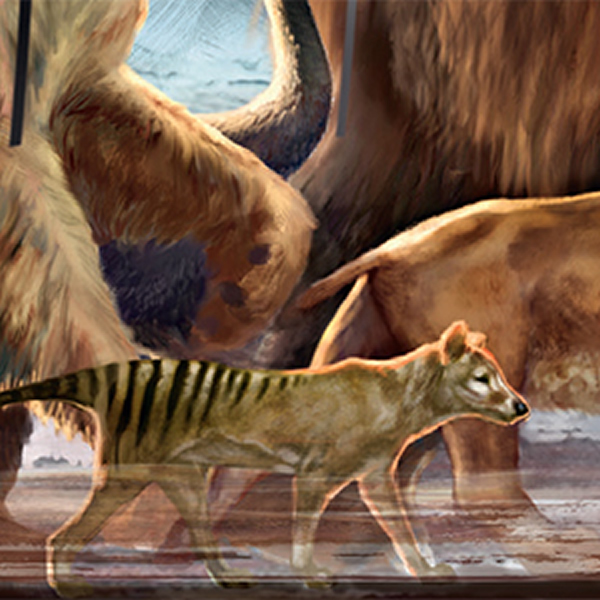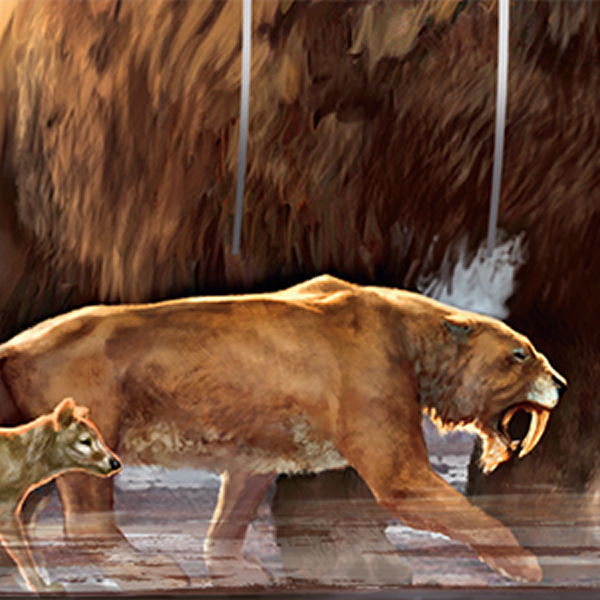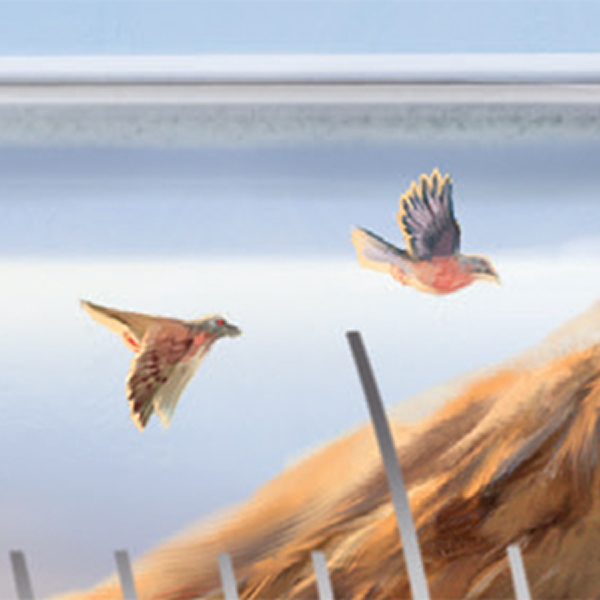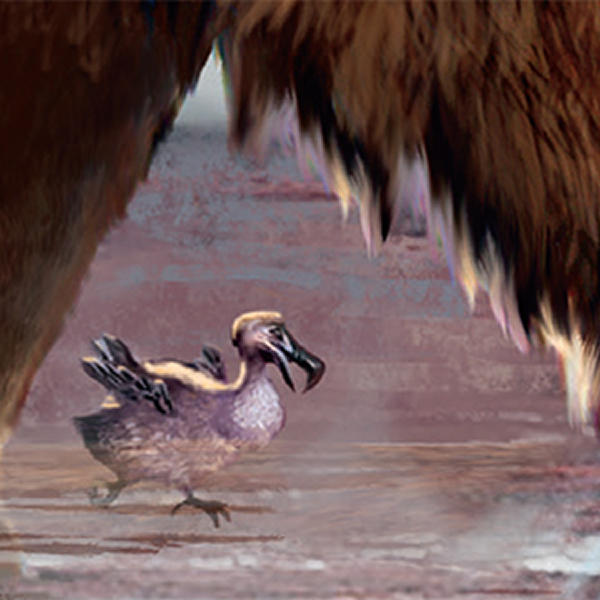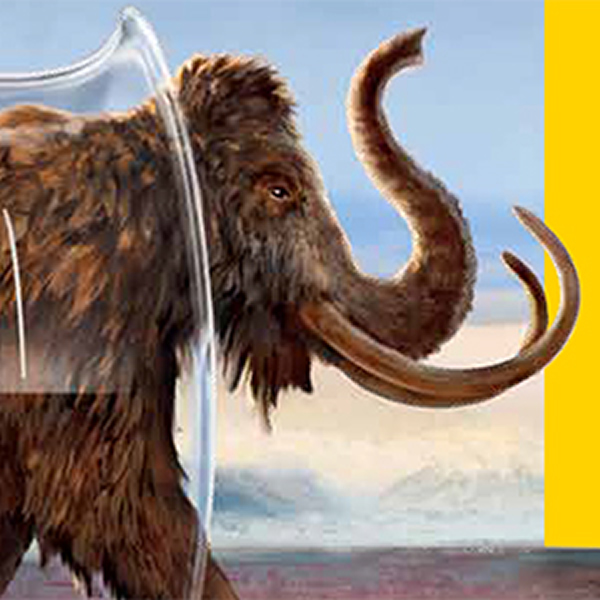《National Geographic》Behind the Cover:April 2013
《National Geographic》Behind the Cover:April 2013
Meet the Extinct Animals
The animals on this month's cover are all extinct but could possibly be revived.
Here are their stories.
By Brett Line
Art by Jon Foster
Giant sloth
When it went extinct: About 11,000 years ago
How: Hunting by humans
Where it lived: The Americas
Size: As long as 20 feet, up to 9,000 pounds
Diet: Ate plants but also scavenged for meat
Random fact: Had claws as long as 20 inches
Why we might be able to bring it back: DNA samples found in fossil dung in Utah
Cuban red macaw
When it went extinct: Last sightings in the late 1800s
How: Hunting, nesting trees felled to capture young birds for the pet trade
Where it lived: Cuba
Size: Approximately 20 inches long
Diet: Seeds
Random fact: Even though its meat was said to smell and taste bad, people still dined on red macaw.
Why we might be able to bring it back: Specimens in Cuba contain DNA samples.
New Zealand giant moa
When it went extinct: Circa A.D. 1400
How: Hunting
Where it lived: New Zealand
Size: As tall as 8 feet, up to 500 pounds
Diet: Probably fed on plants
Random fact: The moa did not have wings.
Why we might be able to bring it back: DNA found in fossil eggs and feathers in New Zealand
Tasmanian tiger (also known as a thylacine)
When it went extinct: Last recorded sighting in the 1930s
How: Hunting, habitat loss
Where it lived: Tasmania, Australia, and New Guinea
Size: Over 4 feet long, around 75 pounds
Diet: Preyed on kangaroos, small rodents, birds
Random fact: People who saw the animal reported that it could open its jaw nearly 180 degrees wide.
Why we might be able to bring it back: Cloning is a possibility with preserved DNA from a specimen at the Australian Museum.
Saber-toothed cat
When it went extinct: Circa at 10,000 B.C.
How: Probably hunting by humans
Where it lived: North and South America
Size: Around 6 feet long, up to 900 pounds
Diet: Preyed on such mammals as bison, deer, horses
Random fact: It's the official state fossil of California.
Why we might be able to bring it back: DNA is preserved in bones at the La Brea Tar Pits in Los Angeles.
Passenger pigeon
When it went extinct: 1914
How: Hunting, habitat destruction
Where it lived: North America
Size: About 15 to 17 inches long
Diet: Seeds, worms, insects
Random fact: The last known bird, named Martha, died at the Cincinnati Zoo.
Why we might be able to bring it back: There are some 1,500 preserved passenger pigeon specimens with extractable DNA.
Dodo
When it went extinct: Late 1600s
How: Mainly because on the island where it lived, newly introduced species like dogs ate chicks and eggs.
Where it lived: Mauritius
Size: About 3 feet tall
Diet: Fruit, seeds
Random fact: Lived only on the small island of Mauritius, east of Madagascar in the Indian Ocean
Why we might be able to bring it back: Two skeletons have been found containing DNA samples.
Woolly mammoth
When it went extinct: About 3,700 years ago
How: Hunting, habitat loss due to climate change
Where it lived: Parts of northern Asia, Europe, and North America
Size: 9 to 11 feet tall, about 1,400 pounds
Diet: Grass and other plants
Random fact: Remains of a 37,000-year-old woolly mammoth calf were found in Russia.
Why we might be able to bring it back: DNA exists in frozen soft tissue.
